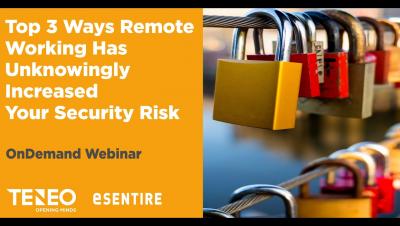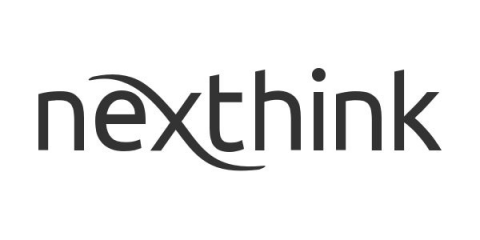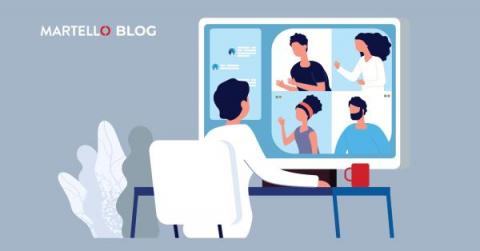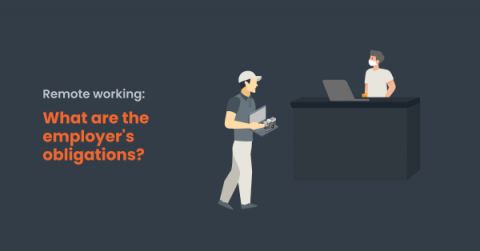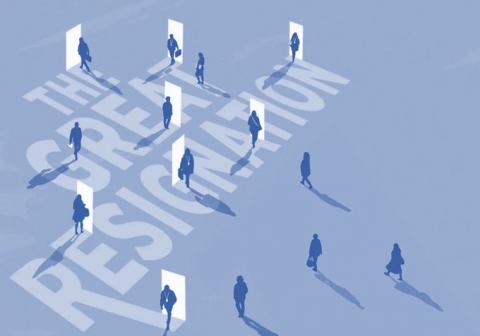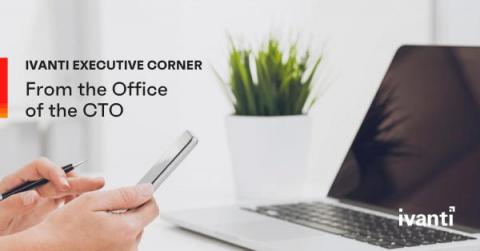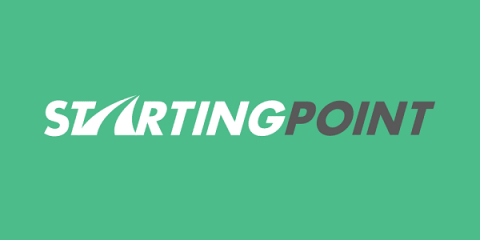Operations | Monitoring | ITSM | DevOps | Cloud
Remote Work
The latest News and Information on Remote Work and related technologies.
The Return to the Office: Major Companies Investing in Flexible Workplaces
For much of the past two years, businesses have been looking ahead to an eventual return to the office – a return that has been frequently delayed and disrupted by the unpredictable nature of the COVID-19 pandemic. But with some employees resistant to returning, companies are looking for new options to entice employees back. It may not be a return to the office at all, but instead a movement towards an entirely new way of working together.
Make Meetings Work in the Modern Workplace: Introducing Microsoft Teams Meeting Room Monitoring
Today’s organizations are adapting office spaces and technology to meet the needs of a hybrid workforce. Microsoft is leading the way, bridging the gap between people working remotely and those in the office with the Microsoft Teams Meeting Room solution that allows everyone to be seen, heard, and fully participate from anywhere.
Phishing and Identity Fraud Protection for Remote Teams
Telework: The employer's obligations
Government measures that were put in place to limit the spread of covid-19 forced employers to change the working conditions of employees. The most common measure was the requirement to work remotely whenever possible. With the relaxation of health measures, some employers have decided to reinstate the working conditions that previously existed. Others, on the other hand, have opted for the flex office to continue to offer employees the opportunity to work from home.
The Great Resignation - What's at Stake for IT?
Roughly 47.4 million people quit their jobs and left the workforce last year in search of better ones, leading to what we now call the Great Resignation. Then, as the economy re-opened and companies intensified hiring efforts, millions of people switched careers, searching for better working conditions and higher salaries. Experts say the trend will continue as the Gen Z population reshapes the labor market.
Measuring Digital Experience with Artificial Intelligence
With the expansion of remote and hybrid workforce and an ever more complex technology set, it is more important than ever to manage the digital employee experience. But how do we measure digital employee experience? One of the most common ways is to use surveys – for example post-incident surveys or annual customer satisfaction surveys. But these surveys, on their own, can be reactive, time-delayed and limited in scope.
Continuous integration for LoopBack APIs
The explosion of talent available for remote work (and the widespread acceptance of remote first employment) allows for global collaboration on an unprecedented scale.
Remote Workplace = Higher Risk for Data. Here's What to Do.
The world is getting used to the idea of a permanent shift to remote and hybrid work. The Everywhere Workplace means your employees are, well, everywhere: some might be in the office, while others come and go, others work from home, and still others are part of the rising trend of digital nomads. It’s a good thing that we’re growing comfortable with the idea of employees being everywhere. But there’s a catch: that means our data is everywhere, too.
Creating A Hybrid Workspace Strategy
The global pandemic has opened up the door to challenges in many workplace environments. But with challenges also come opportunities. Many companies have had to create hybrid workplace plans to ensure work productivity doesn’t slow down. The development of the hybrid workplace strategy is a win-win for employees and businesses. This strategy offers the flexibility of working from home or the option of working on-site if the employee needs focus and a routine.


